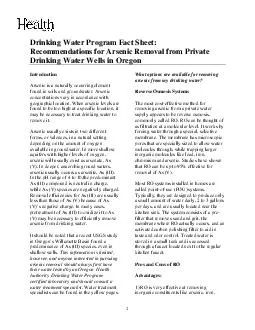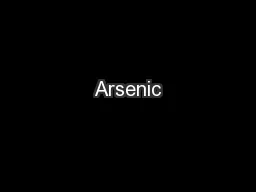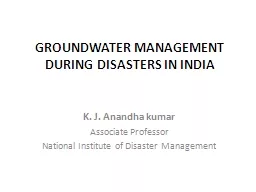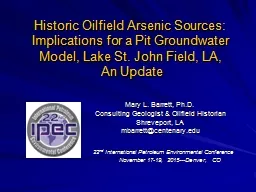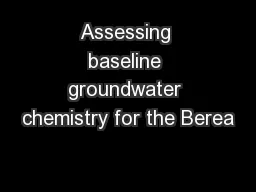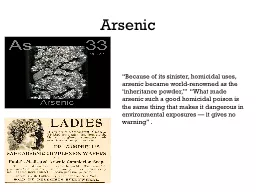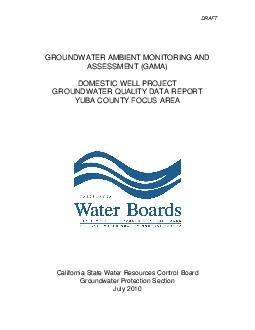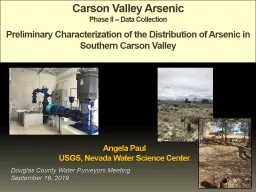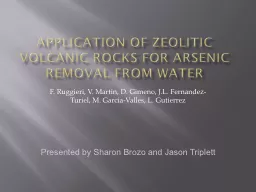PDF-Drinking Water Program Fact Sheet Recommendations for Arsenic Removal from Private Drinking
Author : phoebe-click | Published Date : 2015-02-19
Arsenic concentrations vary in accordance with geographic location When arsenic levels are found to be too high at a specific location it may be necessary to treat
Presentation Embed Code
Download Presentation
Download Presentation The PPT/PDF document "Drinking Water Program Fact Sheet Recomm..." is the property of its rightful owner. Permission is granted to download and print the materials on this website for personal, non-commercial use only, and to display it on your personal computer provided you do not modify the materials and that you retain all copyright notices contained in the materials. By downloading content from our website, you accept the terms of this agreement.
Drinking Water Program Fact Sheet Recommendations for Arsenic Removal from Private Drinking: Transcript
Download Rules Of Document
"Drinking Water Program Fact Sheet Recommendations for Arsenic Removal from Private Drinking"The content belongs to its owner. You may download and print it for personal use, without modification, and keep all copyright notices. By downloading, you agree to these terms.
Related Documents

